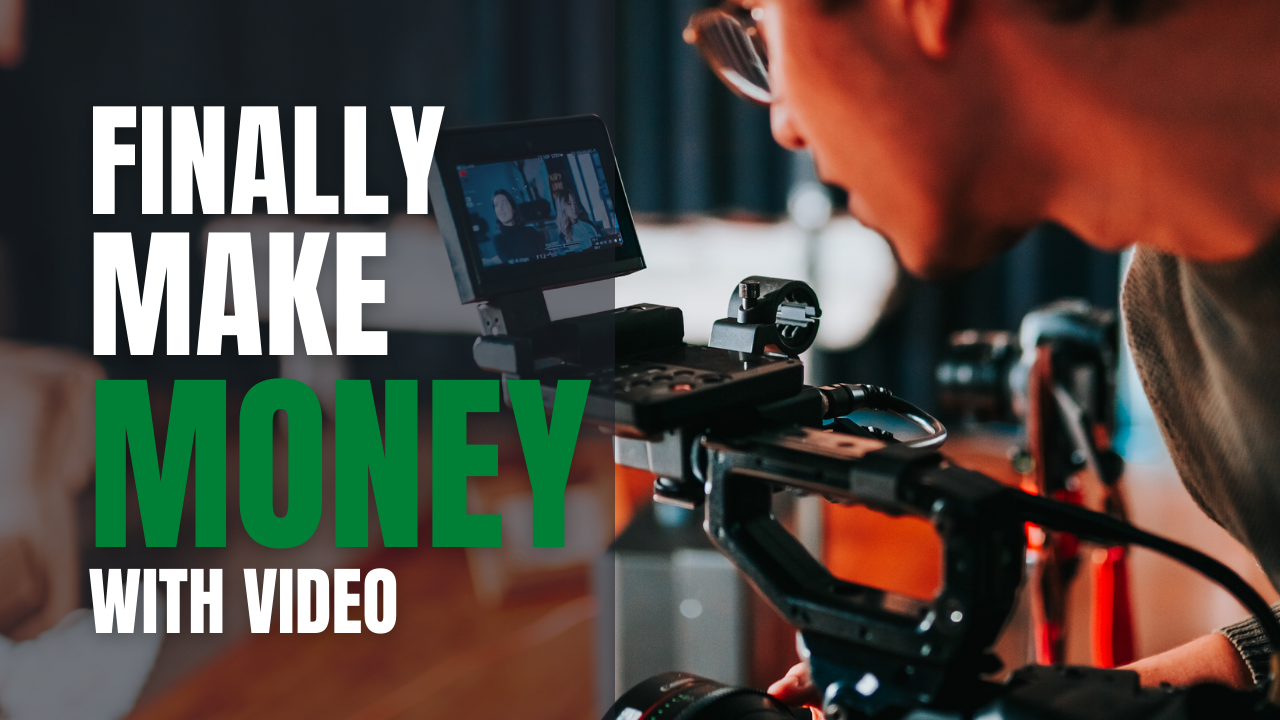Carl asks: A client asked me to shoot vertical fashion videos that will be shown on widescreen TVs mounted vertically (not horizontally) in their shop. The vertical videos will also be posted on their social media networks.
My question is: how best to do this? Should I try to convince them of having the video shot all horizontally? The logical thing would be to shoot with the camera vertical. But that would create problems in editing?
Don’t convince them of anything. Don’t be that all-knowing tech-savvy video professional who wages eternal war on vertical videos because times, they are a changin’.
With millions of smartphones and tablets in the hands of consumers, the audience for vertical video is a huge, untapped market. Your fashion client is taking a smart approach to distributing their video – don’t run away from it just embrace it.
Vertical video facts:
- Industry research suggests that mobile phones are used in portrait mode 98 percent of the time.
- Older millennials and beyond are more accustomed to turning their phone horizontally to watch YouTube videos. For teens and younger millennials, Snapchat has changed the natural behavior of watching vertical videos.
- Vertical video helped Audi achieve 80% increase on effective video completion benchmark
- On an average, Americans spend 2.8 hours a day watching there smartphones in portrait mode
- In the last five years, watching of vertical video content increased by over six hundred percent
- 50 more reasons for vertical video
What does this tell you?
Stop poo-pooing vertical video. Stop trying to “fix” vertical video. Cut it out with all the campaigns to end vertical video. Shooting in portrait mode is not a “mistake”. There is no such thing as “vertical video syndrome”.
Convinced?
To reach the largest possible audience, producing and editing vertical video should be a part of your distribution strategy:
- 16:9 ratio for any web player and YouTube
- 3:4 for tablets
- 9:16 for a vertical orientation on phones for social media
Tips on shooting and editing vertical video:
Software
Whichever app you choose, having a dual-screen setup (I mean physical monitors) helps a bunch: you can move your preview windows to a second display to give you more vertical screen real estate available.
Exact workflow here will depend on your editing program. Premiere Pro, Edius, FCPx, Avid, Lightworks, Vegas all enable vertical video editing. The general idea is to edit your footage how it was shot, ie. with it filling the screen. Whatever you do, don’t create an editing canvas with black side-bars as you’re losing resolution and making problems for later:
1. Import and edit your footage as it is, at its highest resolution. If it’s sideways you may like to use a second display and turn it on its side to avoid cricks in your neck! Did you know that tablets can be used as secondary vertical displays for a computer?)
Many professional editing programs such as FinalCutPro X now cope with custom project sizes. In this case manually enter a 9:16 aspect ratio when creating a new project (eg. 1080×1920 or 720×1280 pixels) Adjust your clips in the browser if needed to give them a 90 or 270º rotation.
2. Export with the recommended compression as Vimeo explain here, keeping your original dimensions and frame rate.
3. If you’ve been editing sideways you can now use the free, cross-platform MPEG Streamclip (see screenshot, right) to rotate the video 90º and re-save it (use SAVE AS, not export, else you will lose some video quality on the re-encode). This may also work with Quicktime 7 Pro for Mac or ffmpeg for Mac and PC. The procedure basically changes the ‘rotation’ flag on an MP4/H.264 video file without re-encoding. (Note that Quicktime, Vimeo & YouTube will take notice of this flag, but VLC playback may not.) All these options are a bit complicated and recommended only for adventurous types!
Camera
Almost every camera device these days can shoot high definition vertical video; it’s just a matter of turning it 90º and working out how to deal with the ergonomics.
If the camera screen or display can tilt, swivel and still be seen when the device is 90º, great, otherwise use it 270º and flip the image in editing if needs be. The smaller the camera, the tougher it is to keep steady while handheld though, so…
Resources:
– The Rise of Vertical Video
– Now That Vertical Video Is Finally Legitimate, Creatives Need to Rethink Everything
– Video Rotate
– Shooting Vertical Video Is A-OK – anyone who tells you otherwise is just being a jerk






